We are frequently asked about different kinds of stain and which one is the best. But, before we jump into that discussion, let’s talk about why we need them. Wood (or in our case, log) rots as a result of fungi feeding upon the cellulose, hemicellulose, and/or lignins. These fungi need moisture in order to excrete their wood destroying enzymes. At first, rot will essentially be an aesthetic problem with your log home but, left to grow, will eventually lead to structural issues. Either way, it’s also expensive to correct. So if you can keep moisture out of the log, then you should be able to minimize the amount of rot occurring. This moisture is best eliminated by the application of a stain.
Although there are many different stain formulations among many brands, we can generally roll them into two basic categories: 1) oil-penetrating and 2) film-forming.
Oil-penetrating stains are oil-based products designed to penetrate further into the grain of the wood. This is why they always have a flat or matte finish. They essentially repel moisture due to the fact that oil and water don’t mix well. So by keeping the logs filled with the oils, moisture stays away and so does wood rot.
PROS: These stains are typically more forgiving to the homeowner when it comes to maintenance. They will allow more time before complete failure of the stain and the requirement to completely strip it from the surface prior to re-coating.
CONS: As these stains do their job, over time, they commonly start fading. Oil-penetrating stains typically take longer to dry, sometimes months, and are usually associated with an odor that remains for several days to a few weeks.
Film-forming stains can be of several chemical formulations including acrylic latex (water-based), oil (alkyd), or other variations. For the most part, they lay on the surface of the logs and provide a physical barrier to prevent moisture from entering into the wood. These stains can have varying degrees of glossy appearance. Some are designed around a base coat and clear coat technology.
PROS: There are UV blockers added to them in order to provide some of the best UV protection. Many times, the clear coat application is all that is required when it’s time for a maintenance re-coat. Another advantage of these types of stains is that widely used, newer, synthetic, water-based chinking can be applied immediately after staining.
CONS: These stains are typically more expensive and harder to apply. They are less forgiving to the homeowner if too much time is allowed to pass prior to maintenance re-coating. Upon failure, these stains will peel, at which time they must be stripped off the logs to assure any lasting stain re-coat.
Note that absent from these options is paint. The common, exterior latex house paint, which works well for homes with siding, should never be considered for log homes. Unlike “stick-built” homes, the moisture generated within the log home as a result of living, breathing, cooking, bathing, etc. must pass through the logs to the outdoors. Latex paint acts as a sealer, which is good to keep exterior moisture out, but it will also keep the moisture inside the log. Stains allow the moisture to pass through the logs. Find more information on why you should NOT apply paint on your log home!
So, which is best? We honestly don’t know! There have been many studies done, but it’s difficult to filter out the studies conducted by those that have a vested interest in the outcome. We feel comfortable with both types of stain, but we have also seen particular brands within those types that cause us concern. When it’s time to restore your log home or apply a maintenance re-coat, give us a call to receive advice from your log home experts!








